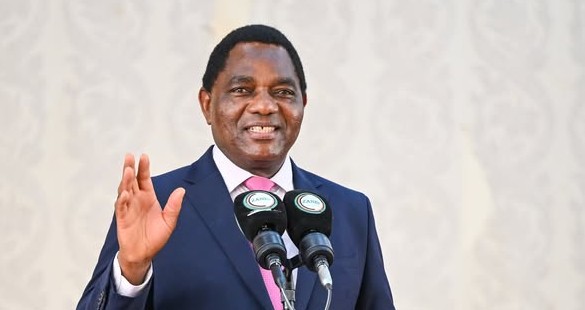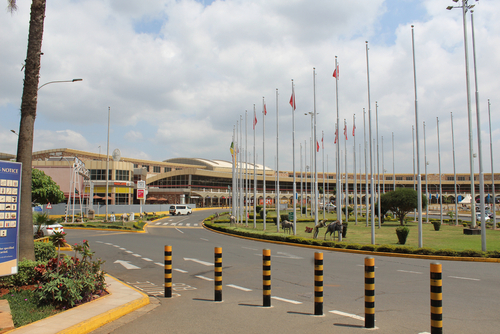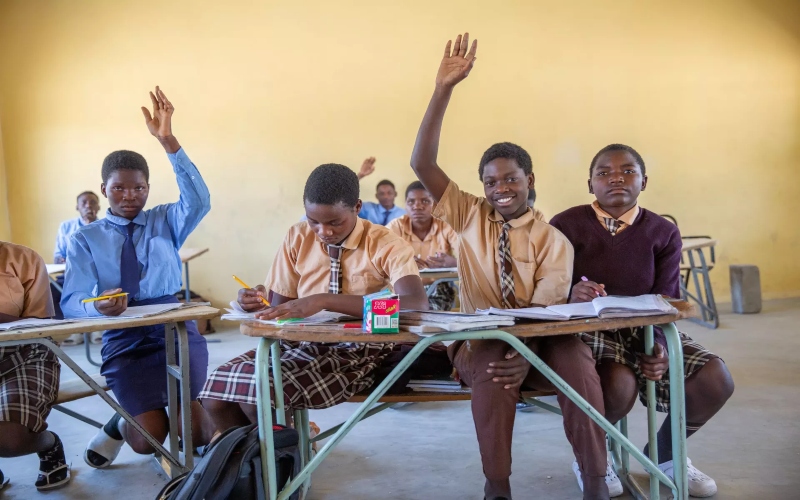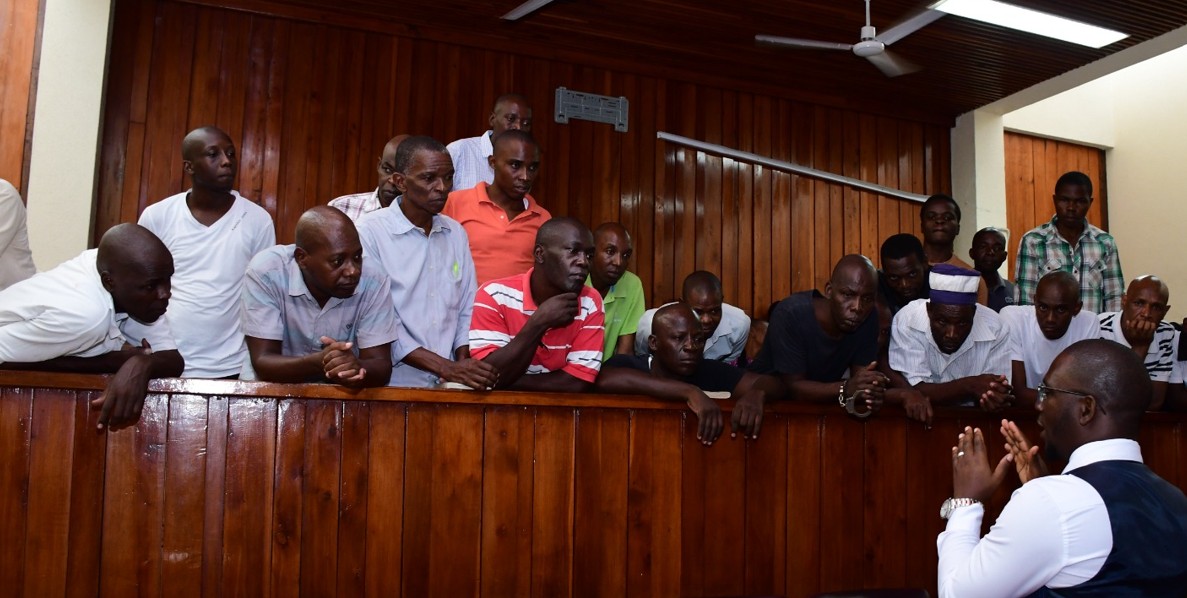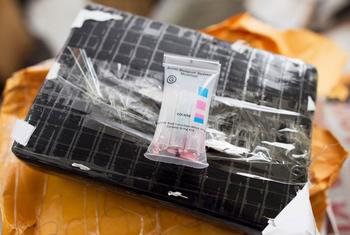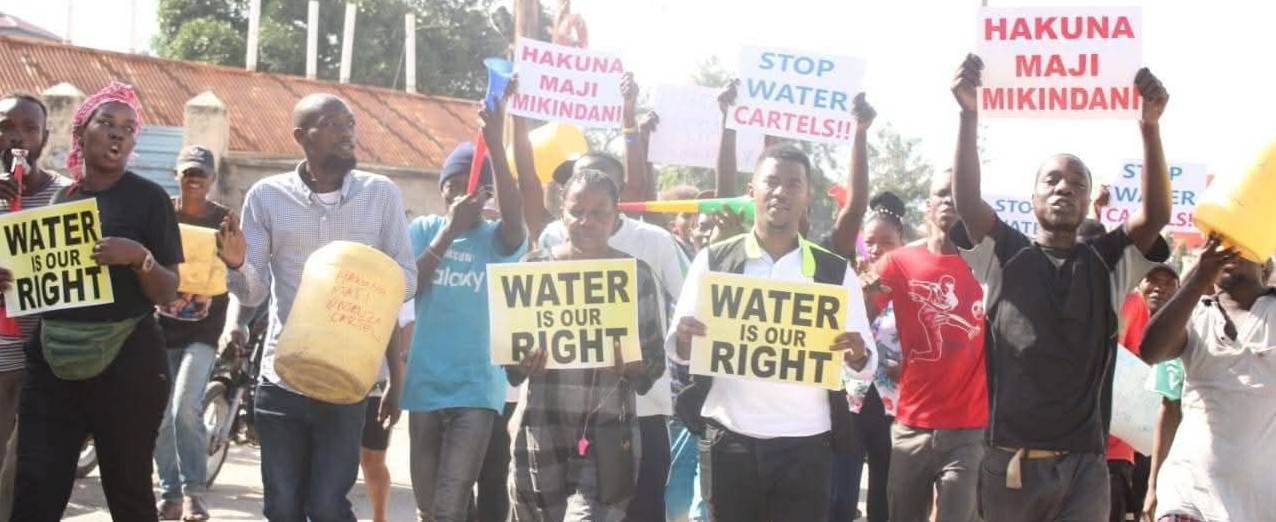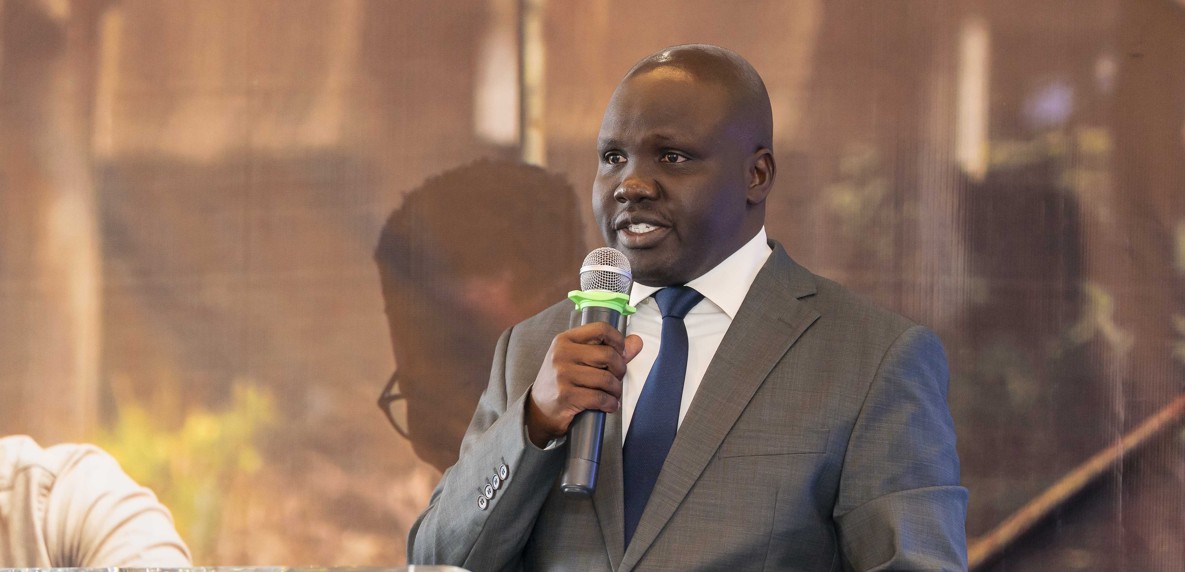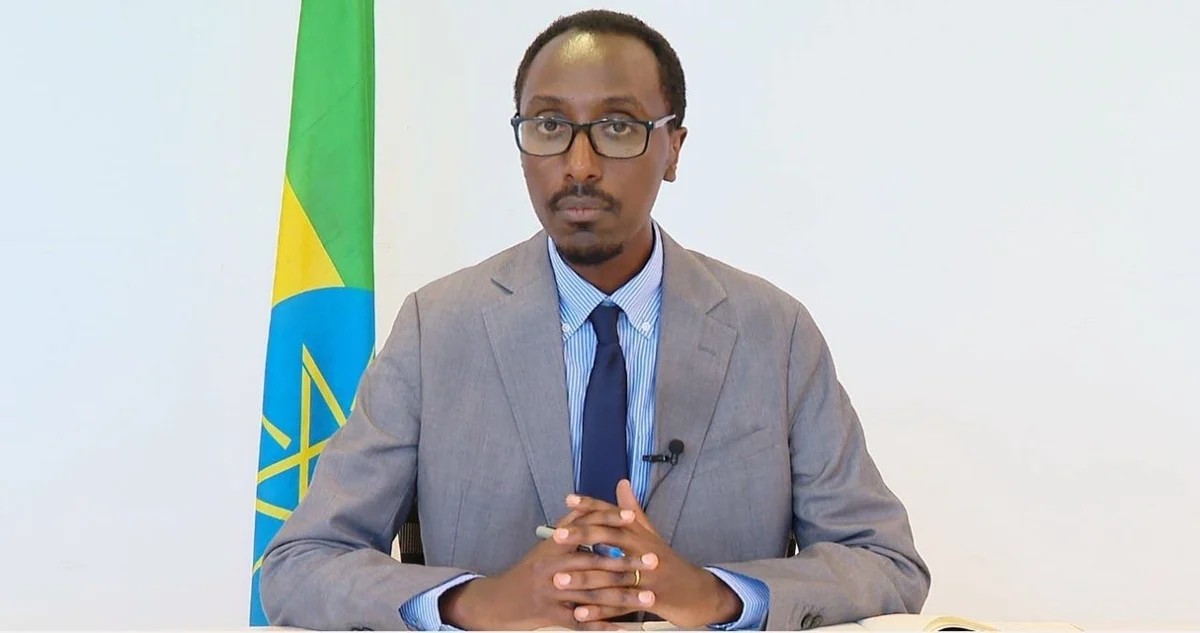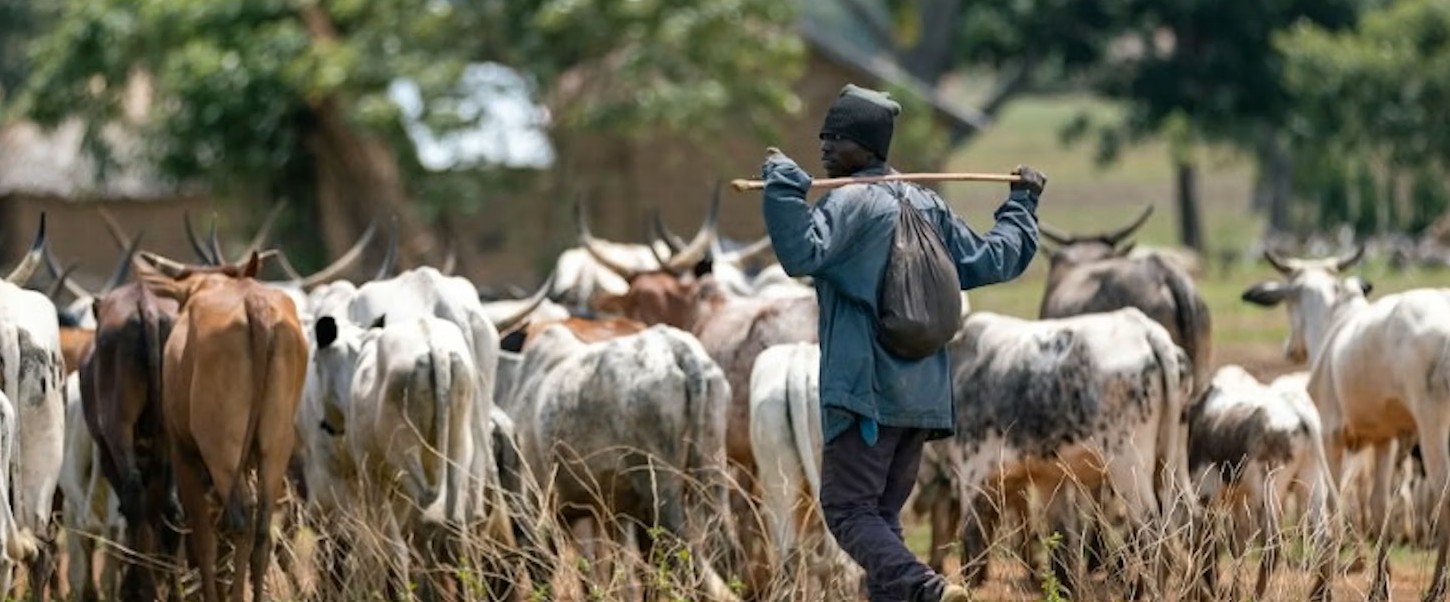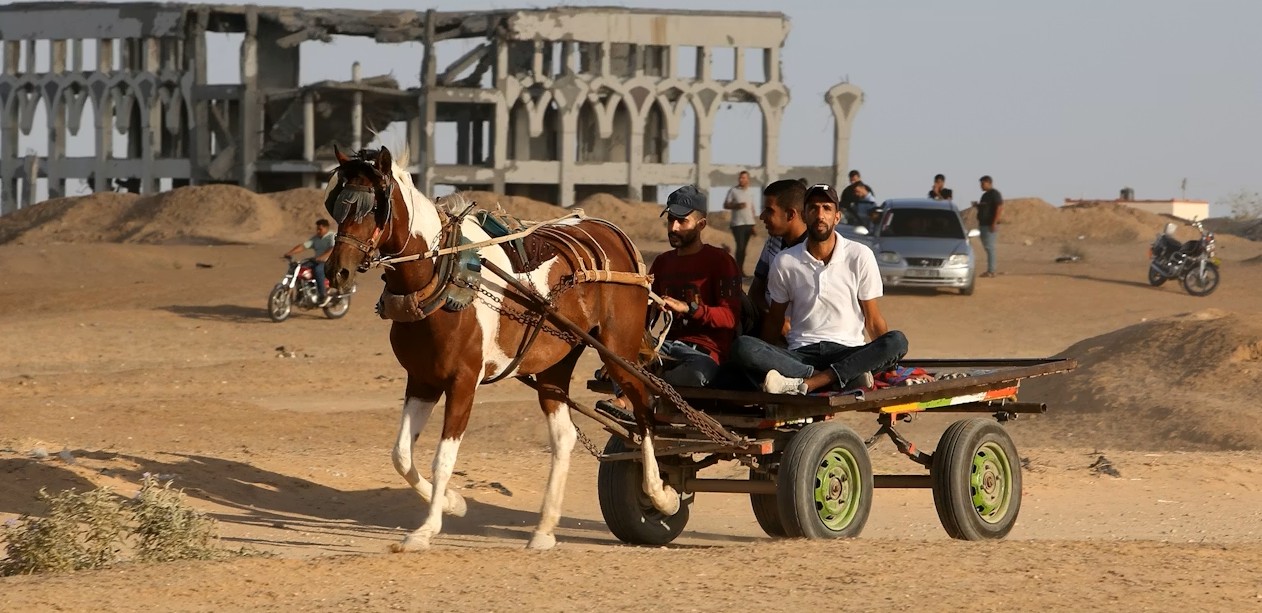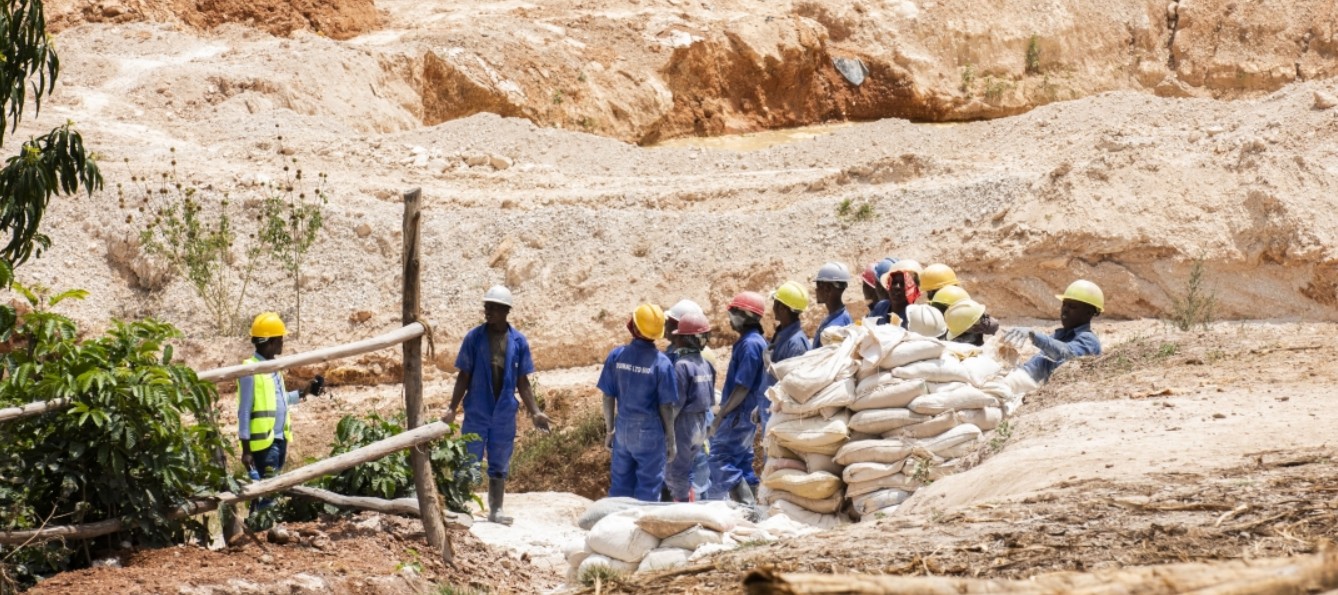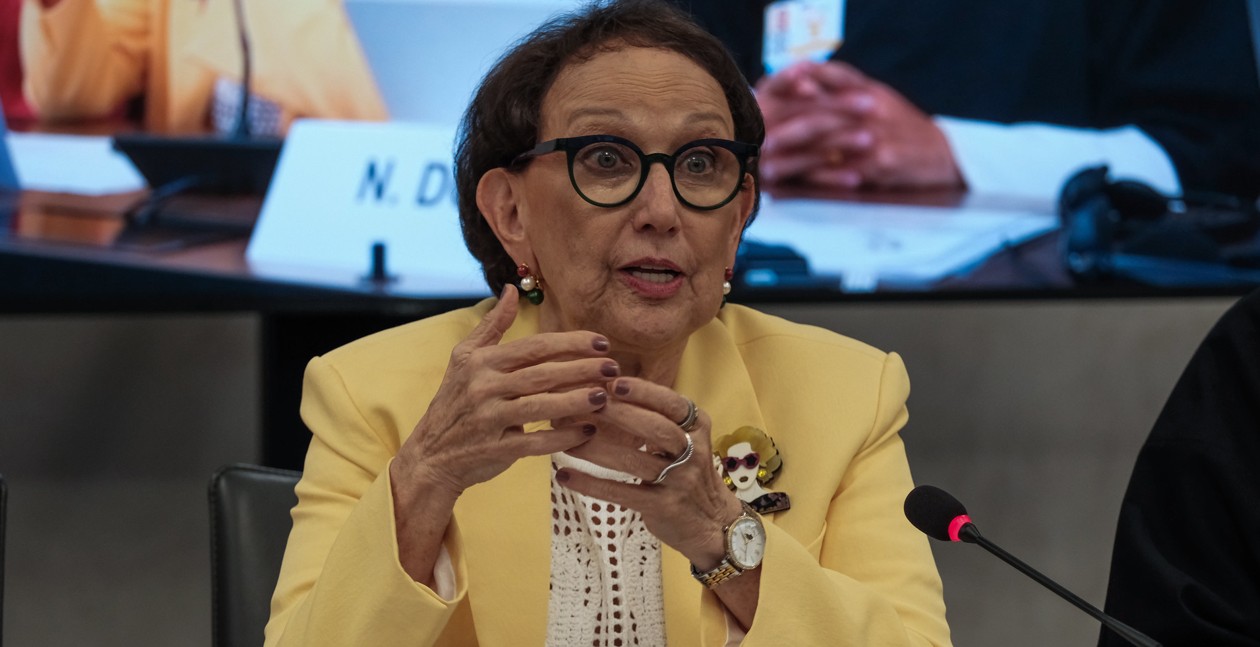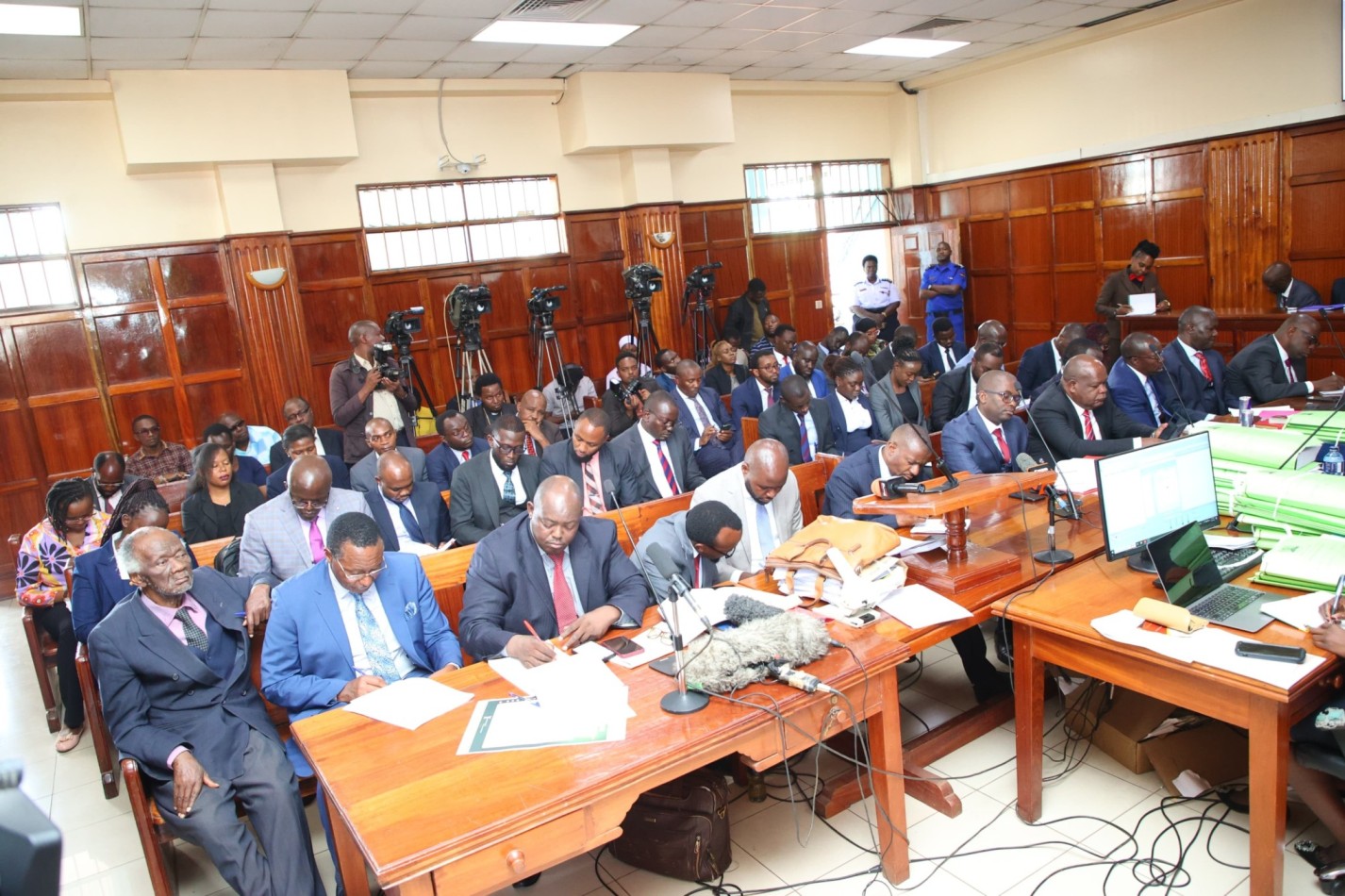BATUK: How 1964 pact shaped Kenya’s military partnership with UK
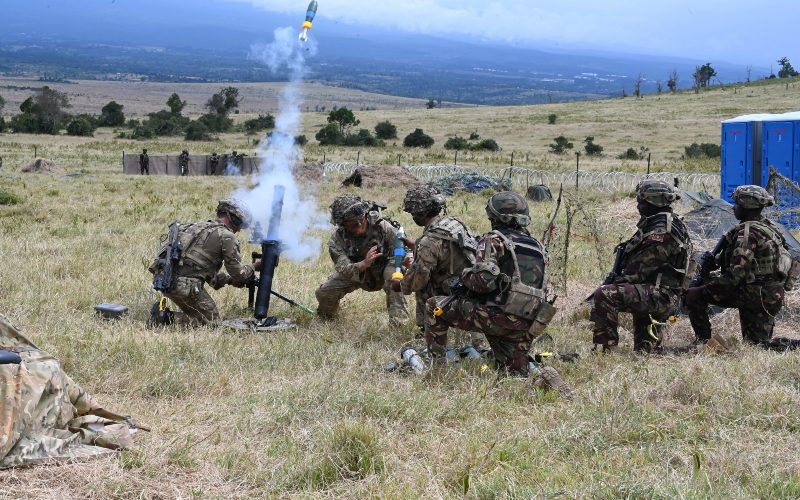
It is at this facility that the UK army trains its infantry units for overseas deployments, using Kenya's terrain to simulate operations in harsh and complex environments.
When Kenya gained independence in 1963, its new army was a restructured version of the colonial King's African Rifles (KAR), staffed by native soldiers, initially commanded and trained by British officers.
With just a few trained local soldiers, the government turned to London for help in training and growing its forces, which led to the signing of the inaugural Mutual Defence Agreement on June 3, 1964, that saw Kenya invite British troops to continue training in Kenya while boosting its local capacity.
More To Read
- Report links Batuk soldiers to rape, abuse and impunity in Laikipia and Samburu
- High Court sets December 16 mention in Agnes Wanjiru murder case as UK confirms suspect in custody
- Former British soldier facing extradition over Agnes Wanjiru murder denies knowing victim
- Alleged KDF impostor arraigned over fraudulent recruitment operation
- DCI arrests suspected fake KDF officer accused of defrauding job seekers
- Ex-British soldier arrested in UK over Agnes Wanjiru murder
This is the pact that led to the establishment of what today is known as the British Army Training Unit (BATUK) in Nanyuki.
The pact that has since been renewed several times outlines several areas of defence cooperation, and amongst them, provision of training areas, settlement of disputes, and factors that enable defence cooperation such as vehicle registration, taxation, import and export rules, and entry and movement procedures.
In its formal response to Parliament's Defence and Foreign Relations Committee's inquiry into the activities of BATUK, the UK government has this week shared its first detailed public disclosure into the unit's history and scope of operations in the country, answering questions that frequently emerge when claims of its personnel's alleged involvement in unethical activities emerge.
Nyati Barracks
During its first 30 years, the unit's presence in the country was referred to as British Army activity in Kenya. However, from 1995 all the way to 2007, it morphed to the British Army Training and Liaison Staff, Kenya (BATLSK).
The name changed again in 2008 to BATUK, with headquarters (Kifaru Barracks) located inside Kahawa Barracks.
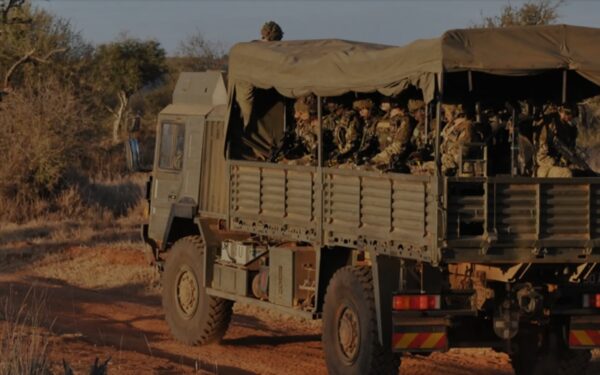 British soldiers on the move at an outpost. BATUK is a permanent training support unit based mainly in Nanyuki. (Photo: British Army)
British soldiers on the move at an outpost. BATUK is a permanent training support unit based mainly in Nanyuki. (Photo: British Army)
A year later, the unit moved to Nanyuki, where it set up Nyati Barracks, its current home.
Today, Nyati Barracks comprises the BATUK Headquarters, accommodation for exercising troops and both permanent and temporary staff, a joint officers' and sergeants' mess, a cookhouse, stores, vehicle repair facilities, a gymnasium, and offices. It also runs aviation facilities that include a helipad and a refuelling facility.
The UK government told parliament that BATUK has sufficient space, including welfare, kitchen, and changing facilities, to employ the 600 permanently employed Kenyan nationals who support the daily running of the base.
It is at this facility that the UK army trains its infantry units for overseas deployments, using Kenya's terrain to simulate operations in harsh and complex environments.
Under the pact, over 1,100 KDF personnel from all three services also benefit annually from UK training and exercises, in both Kenya and the UK.
"This includes joint exercises with 300-450 KDF personnel from Combat and Artillery units, in addition to specialist engineering and medical exercises," the document notes.
Military training activities
According to the UK, at BATUK's principal training area in Archer's Post, live and blank firing is conducted for small arms, as well as 105mm artillery and 81mm mortar live firing.
It, however, says that no heavy armoured vehicles are used and that larger support vehicles remain on established roads and tracks, with only smaller 4x4s (Land Rovers or equivalent) permitted to move off tracks.
"No permanent structures are erected, and all land is returned to its original state after an exercise period," the UK submitted.
It further said that before all military training activities, land managers are informed of the specific areas which will be used for live and dry firing, which enables livestock and equipment to be moved in advance.
"Immediately prior to any firing commencing, there is a well-proven practice of aerial surveying by helicopters and drones to ensure the range is clear. This is conducted while in contact with range staff on the ground at range entry points, to ensure that no people are present within the range and that dangerous or large wildlife is moved out of the area in which any live rounds may fall. Live firing must commence within 30 minutes of the clearance finishing, or the clearance process must be repeated before firing commences," the UK said.
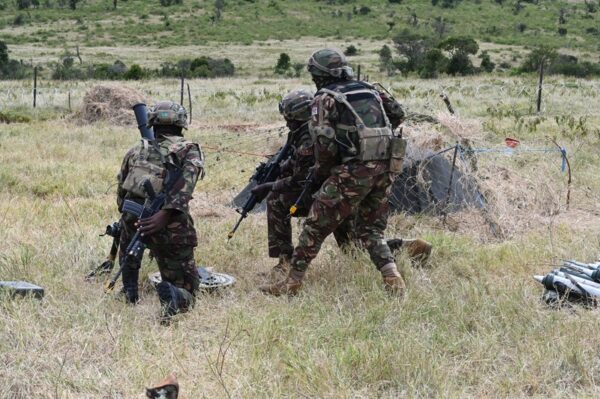 KDF training in Lolldaiga, Laikipia County, with British soldiers under BATUK. (Photo: BATUK)
KDF training in Lolldaiga, Laikipia County, with British soldiers under BATUK. (Photo: BATUK)
Contrary to some beliefs, the UK government further confirmed that BATUK does not have a separate status as a stand-alone organisation; it remains a unit within the British Army and operates on behalf of the UK Ministry of Defence.
As such, all UK personnel are subject to the specified values and standards of the British Army, remain subject to UK law under the Armed Forces Act 2006, and are required to respect Kenyan laws.
"This is briefed during the Reception, Staging and Onward Integration (RSOI) arrivals package received by all service personnel," the document says.
However, in accordance with the pact, Kenya holds jurisdiction over all criminal offences, including sexual offences that are committed by UK military personnel against Kenyan nationals, except where they occur in the course of conducting an official duty.
"Individuals deploying to BATUK receive specific training before departure and on arrival to ensure they understand their responsibilities, and the customs, cultures, and laws that they are deploying into," the UK adds.
Inter-Governmental Liaison Committee
To oversee the unit's activities, the UK said at least twice per year, an Inter-Governmental Liaison Committee (IGLC) comprised of senior military officers, of at least the rank of colonel, and senior civilian officials from both Kenya and the UK, meet to raise and resolve issues that relate to the implementation and governance of the pact.
"One of the IGLC's primary functions is dispute resolution and determination of jurisdictional responsibility. This process, as outlined in the DCA, ensures that decisions reached by the IGLC are agreed by both the UK and Kenya and take into full account the interests of the public and our respective Attorney Generals. Should the IGLC be unable to reach a decision, issues and disputes are raised to diplomatic and political channels," the UK says.
The unit is also frequently inspected by the British Military authorities and has two KDF personnel in the ranks of a Major and a Warrant Officer who are permanently posted in Nyati Barracks and offered full access to the unit's routine meetings, training planning conferences and exercises, as well as access to all engagements with community leaders, police and military commanders.
"The UK values its relationship with Kenya, which is underpinned by mutual benefit, respect, and cooperation. The UK-Kenya Defence partnership is one of the strengths of our relationship. Our joint training and operations with the Kenyan Defence Forces are keeping both Kenyan and British people safe," a Spokesperson for the British High Commission in Nairobi said.
Top Stories Today
